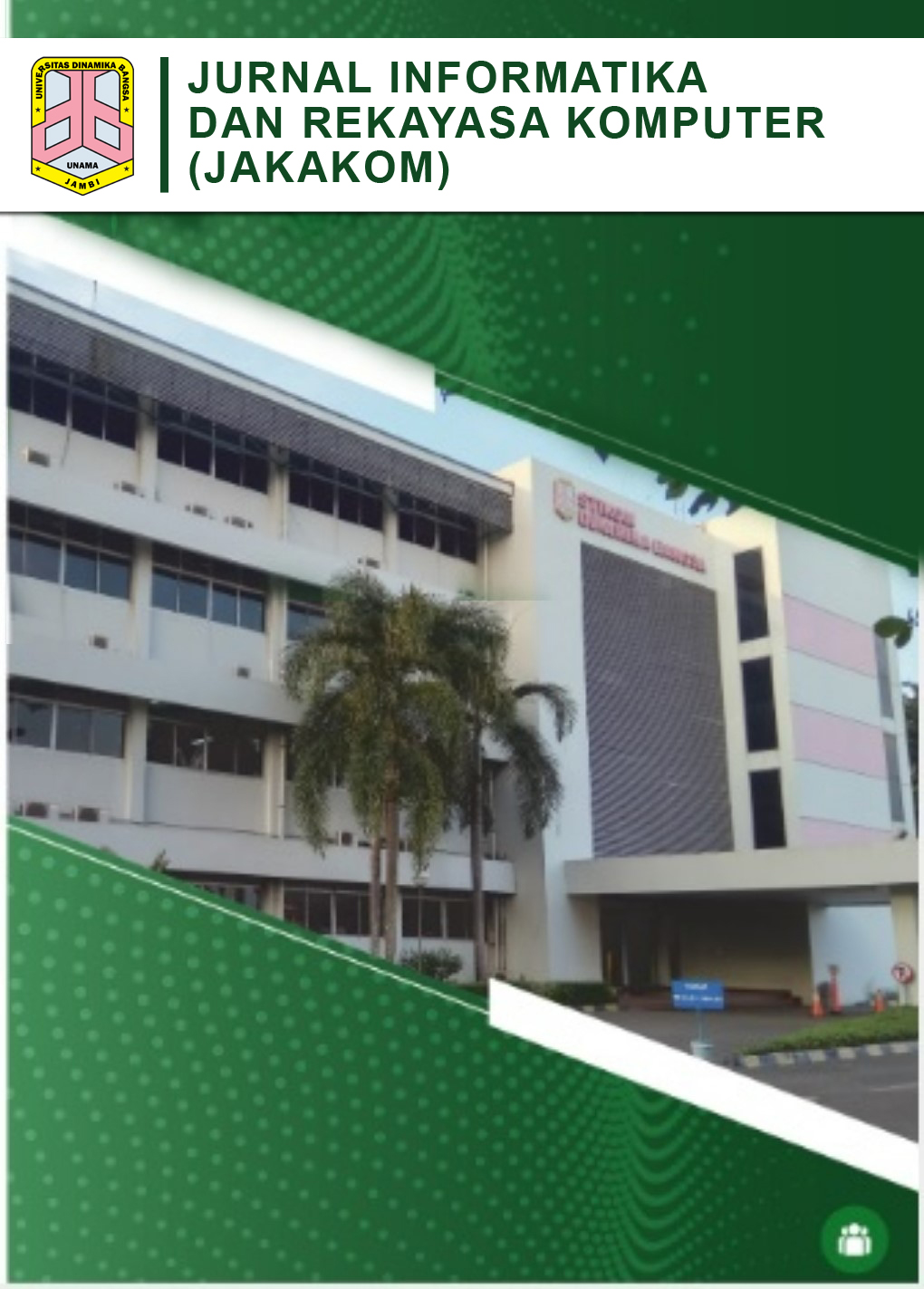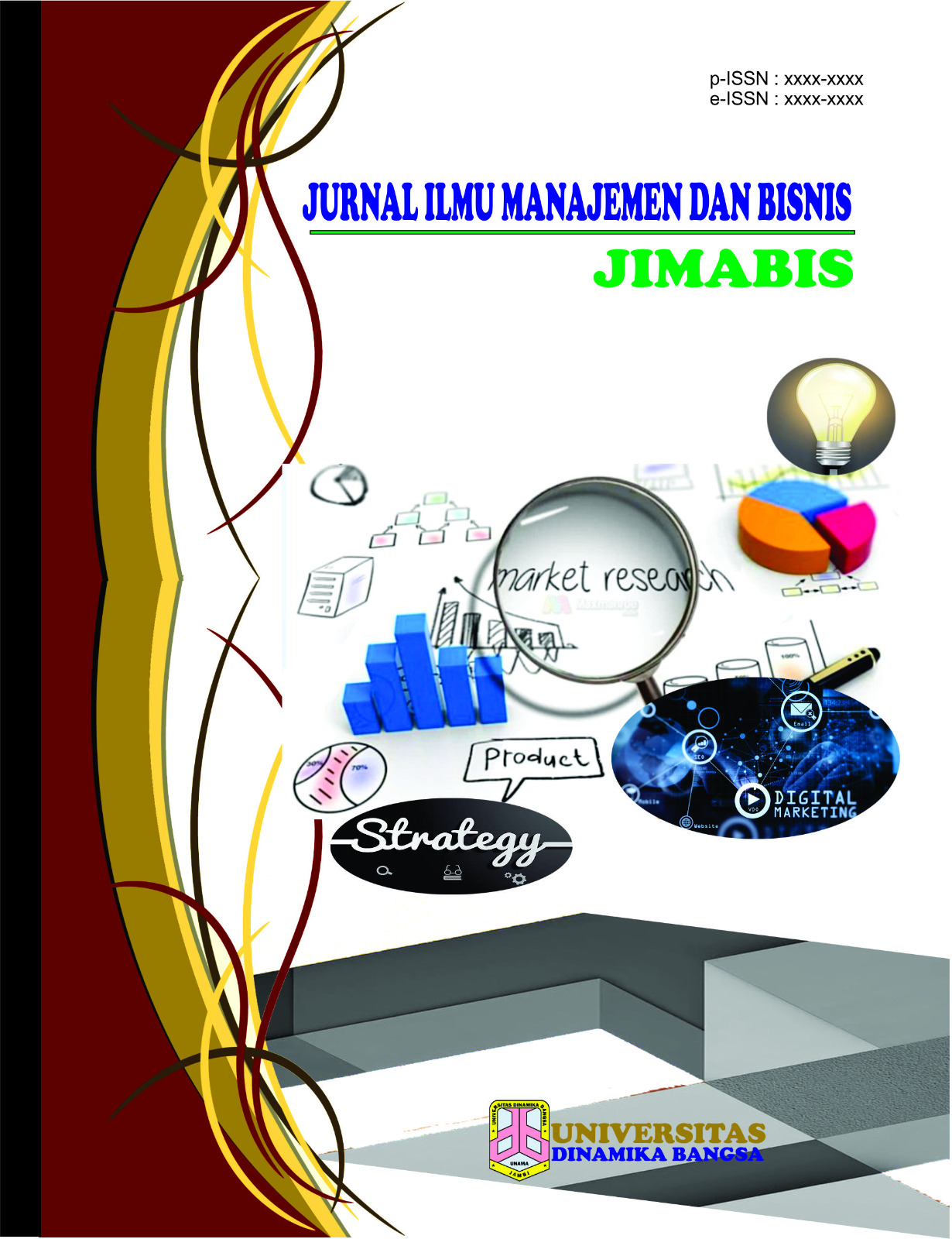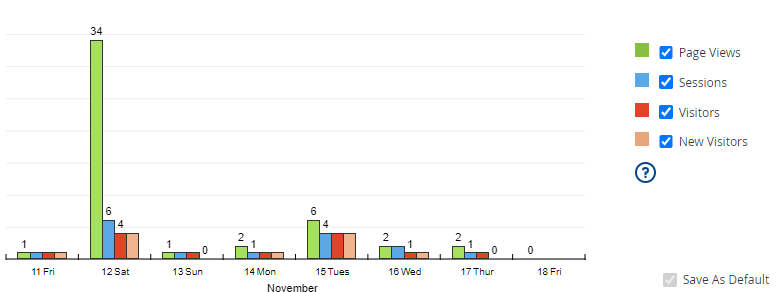Analisis Kualitas Layanan Website Sistem Informasi Akademik STIKBA Jambi terhadap Kepuasan Pengguna menggunakan Metode Webqual 4.0
DOI:
https://doi.org/10.33998/jakakom.2023.3.2.1333Keywords:
Webqual 4.0, User Satisfaction, Information Quality, Interaction Quality, Multiple Linear RegressionAbstract
Baiturrahim College of Health Sciences (STIKBA) JAMBI is a private tertiary institution in JAMBI. At STIKBA, the SIAKAD website is used to handle the process of managing academic data and other related data, so that the entire process of academic activities can be managed into useful information in the management of higher education institutions, decision making and reporting in the college environment. However, in reality the website is still not useful and well used, especially for JAMBI STIKBA students as a means of information, personal agenda as well as information that lacks updating, is not timely and looks unattractive. Therefore, the purpose of this research is to find out what factors influence the level of users satisfaction in using the SIAKAD website. The data collection method is through an online questionnaire data reslts were processed and analyzed using SPSS 26. Based on the results of research and analysist that has been carried out, the Usability variable has an effect of 3.326 on user satisfaction, then the information quality variable has an influence of 2.396 on user satisfaction and the variable of service quality (interaction quality) has an effect of 1.987 on user satisfaction
Downloads
References
D. Erica and H. Al Rasyid, “Pengaruh Kualitas Layanan Dan Pemanfaatan Teknologi Informasi Terhadap Kepuasan Dan Loyalitas Pelanggan Jasa Transportasi Online Di Jakarta,” Perspektif, vol. XVI, 2018.
A. Sugito and Subandrio, “PENGARUH MEREK DAN KUALITAS LAYANAN TERHADAP KEPUASAN PELANGGAN PADA TOKO TUPPERWARE DI KOTA BENGKULU,” J. Entrep. dan Manaj. Sains, vol. 4, 2023, [Online]. Available: www.jurnal.umb.ac.id
“Tugas dan Fungsi,” Universitas Sebelas Maret, 2022. https://akademik.uns.ac.id/
S. Rochman and Z. Hartoyo, “Analisis High Order Thingking Skills (HOTS) Taksonomi Menganalisis Permasalahan Fisika,” Educ. J., vol. 1, 2018.
D. A. Walujo, T. Koesdijati, and Y. Utomo, PENGENDALIAN KUALITAS. Surabaya: Scopindo Media Pustaka, 2020.
D. W. Ariani, Konsep Kualitas. Yogyakarta, 2020.
A. Noor, “Mengenal Arti Layanan,” QuBisa, 2021. https://www.qubisa.com/microlearning/mengenal-arti-layanan#showsummary
E. Purnamawati, “Analisis Kualitas Layanan dengan Metode Servqual dan AHP di Dinas Kependudukan dan Pencatatan Sipil di Surabaya”.
U. Rahardja, N. Lutfiani, and R. Rahmawati, “Persepsi Mahasiswa Terhadap Berita Pada Website APTISI,” Sisfotenika, vol. 8, no. 2, p. 117, 2018, doi: 10.30700/jst.v8i2.400.
A. Frisdayanti, “PERANAN BRAINWARE DALAM SISTEM INFORMASI MANAJEMEN,” vol. 1, no. 1, 2019.
R. Sidh, “PERANAN BRAINWARE DALAM SISTEM INFORMASI MANAJEMEN,” J. Comput. Bisnis, vol. 7, 2013.
S. T. Putut Wijaya, “Sistem Adalah: Pengertian, Jenis, Ciri dan Contoh,” Materi sekolah dan ide bisnis, 2022. https://www.ukulele.co.nz/sistem-adalah/amp/
O. Makplus, “Definisi dan Pengertian Informasi Menurut Para Ahli,” 2015. http://www.definisi-pengertian.com/2015/03/definisi-dan-pengertian-informasi.html?m=1 (accessed Jan. 11, 2022).
“Prestasi Mahasiswa Bidang Akademik,” Universitas Bhayangkara Jakarta Raya, 2017.
Nasri, “Apa itu User - Arti dan Tugasnya,” Pengertianesia, 2022. http://www.pengertianesia.my.id/apa-itu-user/ (accessed Jan. 11, 2022).
Panjimhs, “user - (Teknologi Informasi),” Glosarium Online. https://www.google.com/amp/s/glosarium.org/arti-user-di-komputer/%3Famp
Rizan Machmud, Kepuasan Penggunaan Sistem Informasi (Studi Kasus pada T3-Online). Gorontalo: Ideas Publishing, 2018. [Online]. Available: file:///C:/Users/windows 10/Downloads/Rizan_Machmud___Buku__Kepuasan_Penggunaan_Sistem_Informasi (2).pdf

















